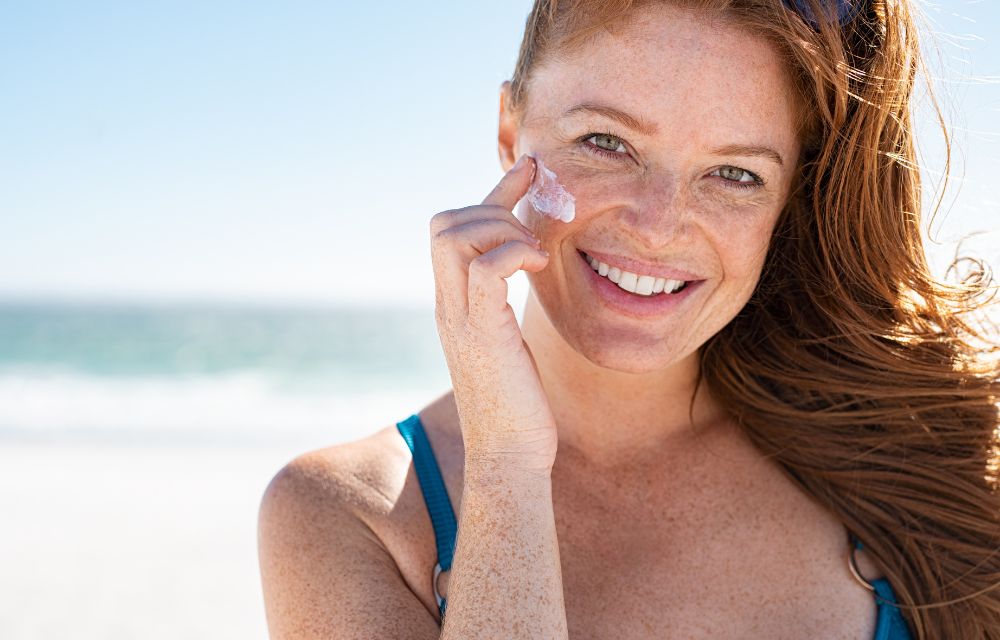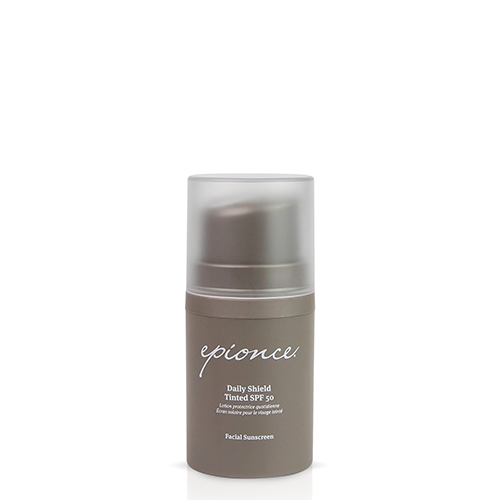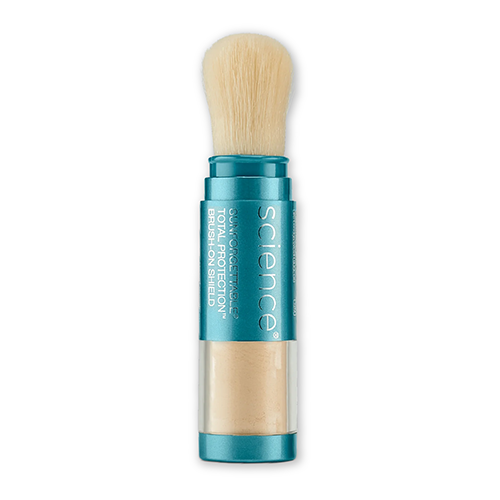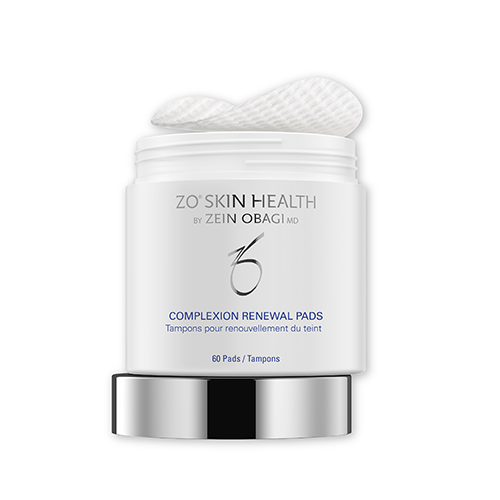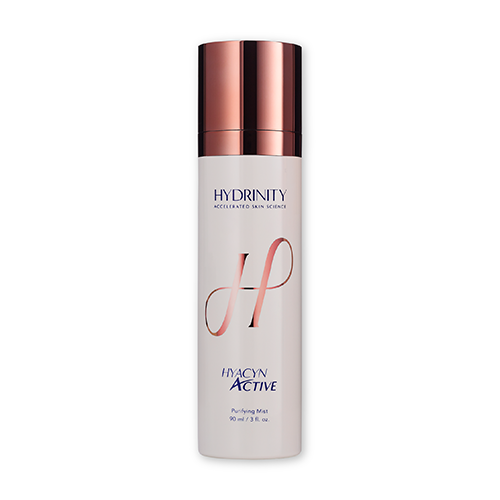Sun protection may seem straightforward, but there are still a lot of myths circulating about the impact of UV rays, ideal SPF levels, and when (and how) to apply sunscreen. This article breaks down common misconceptions about sun safety so you can make smarter, more confident choices while protecting your skin.
What is SPF?
SPF stands for Sun Protection Factor. It measures how well sunscreen can protect your skin from UVB rays, the type of radiation that causes sunburn. Daily SPF use helps defend your skin against both short-term damage (like redness and irritation) and long-term effects such as premature aging, fine lines, sunspots, and skin damage. It’s important to choose sunscreen that offers the right level of protection to keep your skin healthy.
What Do SPF Numbers Mean?
More isn’t always better. For example, SPF 30 blocks about 97% of UVB rays, while SPF 50 only blocks about 98%. So, while a higher number may sound better, it doesn’t necessarily offer a dramatic increase in sun protection.
It's also important to use sunscreen that can protect against all forms of radiation. Many products are labeled with an SPF number but don’t offer UVA protection, leaving your skin vulnerable to long-term damage. That’s why it’s crucial to choose a broad-spectrum sunscreen, one that shields both UVB and UVA rays.
What’s the Difference Between UVA & UVB?
There are two main types of ultraviolet radiation that affect your skin health:
- UVA rays penetrate deeper and cause premature aging, fine lines, and sunspots. UVA is present year-round, even on cloudy days, and can pass through glass, meaning your skin is exposed even while driving or working near a window.
- UVB rays are the ones responsible for sunburns and most forms of skin cancer. They’re strongest during midday and summer months, but that doesn’t mean you’re safe in the shade. UVB can still reflect off water, sand, and even snow.
A quality broad-spectrum SPF helps protect against UVA and UVB damage. It’s one of the best ways to defend your skin’s health and appearance.
Why Daily SPF Matters
Sunscreen isn’t just for the beach; UV exposure is the leading cause of premature aging and a major risk factor for skin cancer. Even short exposures like walking the dog, driving to work, and sitting near a window can lead to long-term damage. That’s why a daily sunscreen routine is a must for maintaining healthy, radiant skin.

Daily SPF helps
- Prevent fine lines, wrinkles, and sunspots
- Protect against skin cancer and DNA damage
- Reduce inflammation in sensitive or acne-prone skin
- Support even skin tone and texture
How (and When) to Apply Sunscreen
Applying SPF is only half the equation; reapplying is just as important, especially if you’re spending time outdoors. Here’s what our providers recommend for the best sun protection:
- Use SPF 30 or higher daily
- Apply every morning, even if it’s cloudy
- Reapply every 2 hours when outdoors
- Don’t forget your neck, chest, ears, and hands
- Use at least a nickel-sized amount for your face
Protect Your Skin from Sun Damage Year Round
A consistent daily sunscreen routine is one of the most effective ways to protect your skin from premature aging, sunspots, and long-term UV damage. Whether you’re treating existing concerns or focused on sun damage prevention, using a broad-spectrum SPF daily is essential for healthy, youthful-looking skin.


